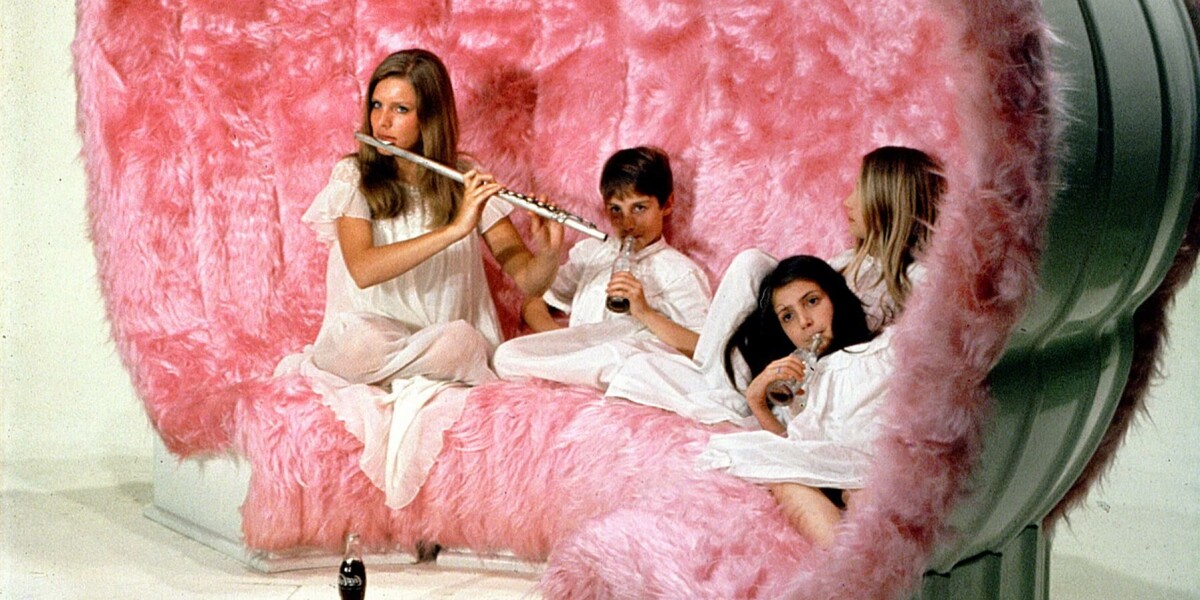
- Select a language for the TTS:
- UK English Female
- UK English Male
- US English Female
- US English Male
- Australian Female
- Australian Male
- Language selected: (auto detect) - EN
Play all audios:
BEHIND THE CURTAIN: L’INTIME EXPO TAKES A FASCINATING LOOK AT PEOPLE'S PRIVATE LIVES The L’Intime de la Chambre aux Réseaux Sociaux (Private Lives from the Bedroom to Social Media)
exhibition in Paris is a fascinating look through the centuries at our activities when alone in our rooms. From personal grooming to checking our sex appeal, it appears that things have
changed since the 18th Century and that our attitudes have profoundly evolved. This is especially true in the 21st Century, as personal boundaries between private and public become
increasingly porous. “Originally, in French, intime in the Middle Ages referred to any kind of personal relationship or friendship,” says curator and art historian Christine Macel. “By the
18th/19th Centuries it meant a person’s private life in the sense of the interior, usually unspoken parts of your personality, as in un journal intime (a personal diary), which is a kind of
intimate conversation with yourself.” On display are 470 paintings, photographs, pieces of furniture and personal possessions. There is even a display of erotic books and sex toys. They are
arranged around themes including bathing and places of convenience, perfume, intimacy and sexuality, and promiscuity and isolation. “Furniture can be designed to encourage certain kinds of
behaviour. The pink, fluffy sofa from Superstudio is very 70s, very sensual and fun. The design of it encourages people to sit together and interact with each other, as we see in the
photograph of the four musicians. “The image shows an intimate moment between the women on the sofa. "I have been thinking about this subject for many years,” says Ms Macel. “What we
see today is that we all spend lots more time in bedrooms than before, because due to the technological revolution, we can do so much more in there. We phone, we watch films, we message
people, we work, we eat. It is no longer just a space for sleeping. There is an erasure of the boundary between one’s private and public life.” Read more: Van Gogh’s final years exhibition
extended for another year EXPLORING PSYCHOLOGY From the point of view of sexuality, the exhibition includes erotic paintings from the 18th Century right through to sex toys. “But risqué
selfies are more a sociological thing than a sexual one. It is often associated with young people who are seeking to establish their own identity.” This chimes with writing a personal
diary, which can also be a way of exploring one’s own psychology. Teenagers increasingly construct their identities online, often by looking at images of themselves. Looking inwards they
decide on their look, their character, their likes and dislikes, their favourite sports, their hobbies. Taking bedroom selfies and posting them online is a way of looking outwards to project
this newly created image. “Along with this, we also see a loss of public life. There are fewer places we can go to meet other people, especially places that cost nothing to enter, such as
churches. So many people today spend their time in public spaces glued to their phones, often they are also wearing headphones, they talk to other unseen people.” There is much less
face-to-face interaction, fewer opportunities for people to meet and talk to strangers spontaneously. They don’t even see them. Read more: Yves Saint Laurent: the French designer who
changed the fashion industry THE CHANGING FACE OF OUR PRIVATE LIVES The conclusions which can be drawn from the exhibition are paradoxical. Although there is less shared public space in the
real world, there is limitless public space in the virtual world and communities are forming there. People have a fundamental need to communicate with each other in whatever ways they can.
There is also the sense that private personal moments, away from everyone else, are very important too. L’Intime de la Chambre aux Réseaux Sociaux at MAD Paris (the Musée des Arts
Décoratifs) runs until March 30. Visit the website: madparis.fr

.jpg)





